Background
In Would possibly 2022, UST and LUNA, which as soon as recorded a complete marketplace cap of over $40 billion, collapsed in a single day, and a variety of customers suffered large losses because of this. Following the crash, algorithmic stablecoins have as soon as once more grow to be a well-liked crypto subject. USN, a stablecoin local to an rising public chain named NEAR, used to be introduced virtually concurrently UST collapsed. The autumn of UST confirmed this nascent stablecoin how the demise spiral of an algorithmic stablecoin can engulf and damage the entirety like a terrifying black hollow, and customers additionally ponder whether USN may steer clear of a identical finishing sooner or later.
About USN
As the primary NEAR-native algorithmic stablecoin, USN is soft-pegged to the United States Greenback and subsidized through a Reserve Fund that incorporates collaterals corresponding to NEAR and USDT. USN is located to be a great way to bootstrap liquidity within the NEAR ecosystem whilst including a brand new layer to NEAR’s software as a token. USN’s core steadiness mechanisms include on-chain arbitrage and the Reserve Fund in response to the Forex Board concept. Decentral Financial institution (https://decentral-bank.finance/), the DAO creating and supporting USN, manages the good contracts of $USN and its Reserve Fund. The DAO can vote to stake the NEAR from the Reserve Fund and distribute the staking rewards to the customers of protocols that combine USN.
USN’s issuance mechanism
The preliminary provide of USN is double-collateralized through NEAR and USDT by the use of the Reserve Fund. Decentral Financial institution problems the preliminary provide of USN via over-collateralization of the preliminary collateral (NEAR) at a ratio of two:1. Therefore, the brand new USN will probably be at once minted with NEAR or different stablecoins at a 1:1 ratio. In different phrases, after preliminary issuance, customers can mint new USD with NEAR or different stablecoins at a 1:1 ratio, and they may be able to additionally at once convert NEAR into new USN within the Sender pockets. Alternatively, not like Terra’s UST minting mechanism, NEAR used for such conversions is indirectly burned however will probably be channeled into Decentral Financial institution’s Reserve Fund. In the meantime, when USN is burned, an quantity of NEAR that’s definitely worth the similar price will probably be added, which resembles UST’s burning mechanism.
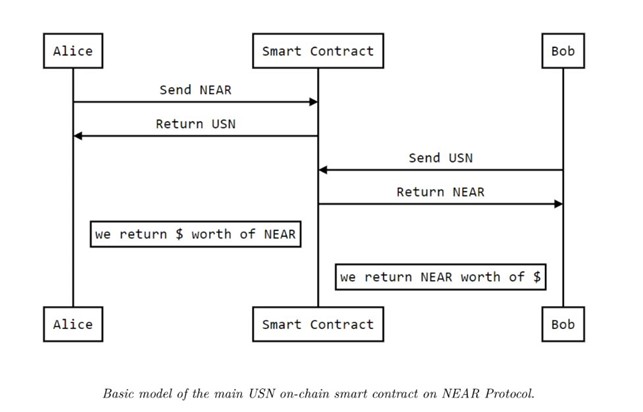
Pegging mechanism
USN’s 1:1 peg to the United States Greenback is secured via on-chain arbitrage and the Reserve Fund. USN maintains its peg via a wise contract which permits for the alternate of NEAR for USN with zero slippage and minimum commissions. Once USN loses its peg, arbitrageurs will exploit the fee distinction between NEARUSN and NEARUSD till USN returns to its peg. At its release, part of the USN provide will probably be deposited into Ref Finance’s StableSwap to reinforce the stablecoin’s liquidity via liquidity mining incentives.
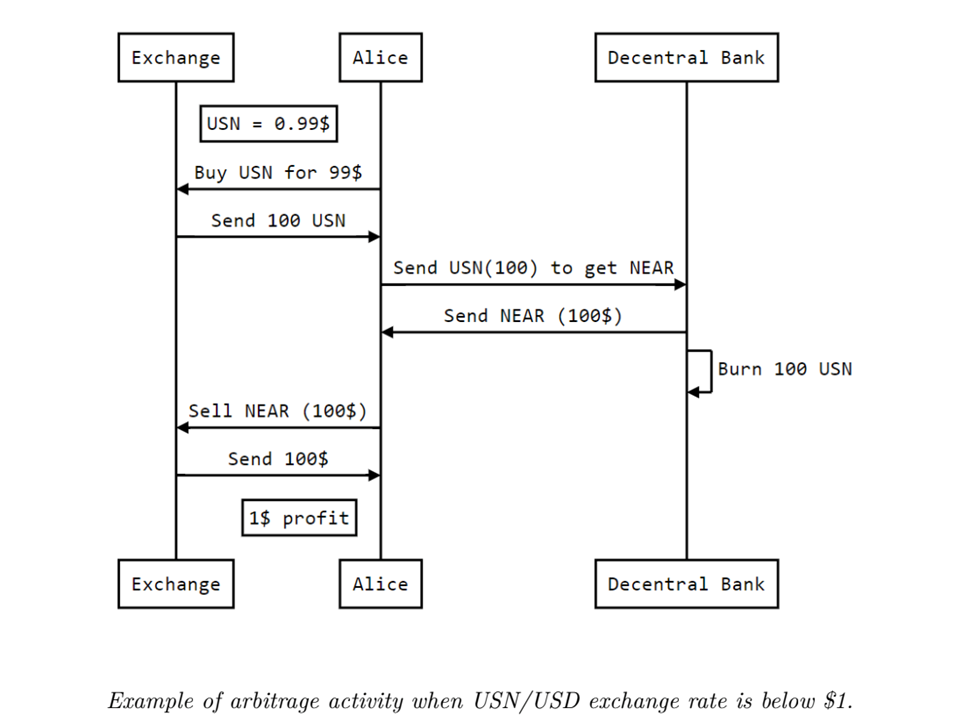
Automation of Treasury Control
Automation of Treasury Control is a design distinctive to USN. Each and every USN issued is subsidized through the corresponding collateral that’s saved within the Reserve Fund. Decentral Financial institution, the chief of the Reserve Fund, manages such collaterals via NEAR-based good contracts. Those on-chain contracts routinely execute Treasury Control methods in order that they might carry out dynamically configurable, real-time small-volume transactions to steer clear of any serious imbalances within the Reserve Fund. In keeping with USN’s whitepaper, the principle Treasury Control methods are as follows: When the NEAR worth rises to the purpose the place the upward development slows down, Decentral Financial institution would promote NEAR to steadiness the belongings of the Fund. Conversely, it might purchase NEAR when the fee drops to some extent the place the downward development slows down. With this design, Decentral Financial institution plans to promote NEAR to move off the bubbles when the fee turns into overheated and stay the marketplace strong when the customers begin to panic because of worth drops.
Comparability between USN and different algorithmic stablecoins
USN comes with its personal distinctive options and contains the options of a few different algorithmic stablecoins. The preliminary provide of USN is issued through the Reserve Fund by the use of the double over-collateralization of NEAR and USDT. That is quite other from the issuance mechanism of DAI, which is minted through collateralizing an quantity of ETH that’s value two times the worth of the DAI to be minted.
A arguable side of UST is that the UST minted can be extra precious if the LUNA worth soars. In the meantime, the LUNA provide would move down, which might power up its worth, thereby developing an upward spiral. Alternatively, as soon as LUNA is going downhill, redeeming LUNA with UST would result in a LUNA crash, giving upward thrust to a demise spiral. Not like the non-collateralized UST, the NERA spent on minting USN is indirectly burned or erased from movement however enters the USN Reserve Fund as a substitute. The Reserve Fund then stabilizes the marketplace prematurely via Automation of Treasury Control to steer clear of any over the top worth affects that the USN provide will have on NEAR. Excluding NEAR, USN could also be in part subsidized through USDT. UST, then again, is subsidized through Luna Basis Guard, which holds reserve belongings corresponding to Bitcoin and AVAX which are extremely correlated with LUNA. As such, when the marketplace declined, Luna Basis Guard did not lend a hand UST care for its peg. From the viewpoint of collateral, USN is, to a undeniable extent, extra like FRAX, a fractionally-collateralized stablecoin.
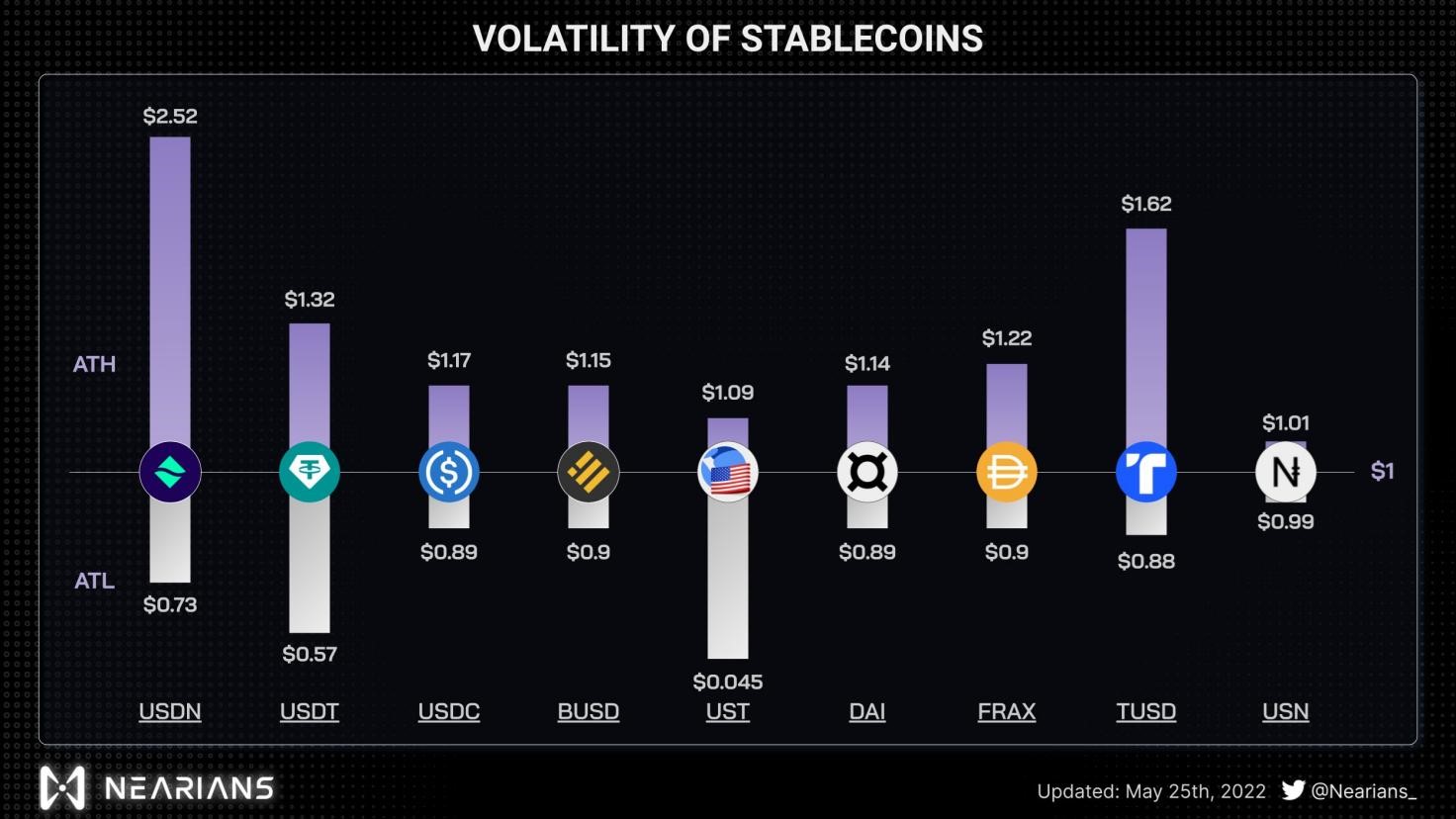
May just USN steer clear of the demise spiral?
As of Would possibly 31, the USN provide is value $108 million, whilst NEAR includes a $4.three billion circulating marketplace cap, a $6.1 billion FDV, and a $607 million 24H buying and selling quantity. When put next with NEAR’s marketplace cap and buying and selling quantity, the chance going through USN continues to be manageable. As well as, when USN is issued, the Reserve Fund, in response to the Forex Board concept, will obtain a corresponding quantity of NEAR or different stablecoins. It routinely balances to care for a backing of $USN at a price more than 100% always. Subsequently, underneath standard instances, a significant USN de-peg is not likely to occur.
Alternatively, because the USN provide expands, customers can most effective mint USN with NERA, this means that that the Reserve Fund would possibly not essentially have the similar quantity of stablecoins. If the Reserve Fund did not hastily reply to an enormous worth drop of NEAR underneath excessive instances, then USN may lose its peg, and a variety of holders would possibly to find it onerous to redeem their USN: changing USN into the similar price of collaterals.
As such, to get ready for the affect of utmost instances, USN will have to building up the source of revenue of the Reserve Fund by the use of such strategies as minting charges, Automation of Treasury Control, and NEAR staking income. In the meantime, the provision of USN must be capped to steer clear of the era of over the top bubbles when the marketplace overheats, bubbles that might be an insufferable burden if the marketplace turns bearish.
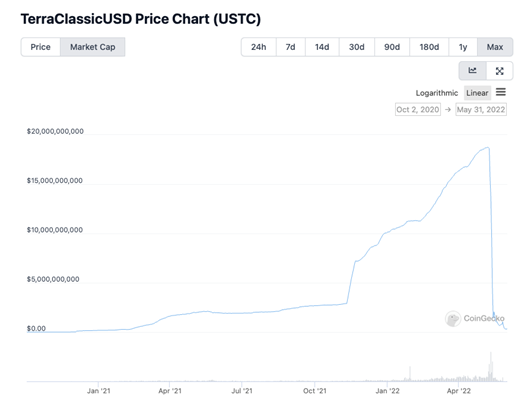
Conclusion
No algorithmic stablecoin is highest, and USN additionally has its execs and cons. Thankfully, NEAR’s USN witnessed the historical Terra/UST meltdown all through its infancy, which gave a robust caution to the builders and customers of USN. With regards to such elements as the present provide and collateral reserve, USN is not likely to run right into a demise spiral. Alternatively, as stablecoin turns into extra extensively followed, the provision will amplify, and the chance of a demise spiral will building up. By way of then, USN will face extra demanding situations.


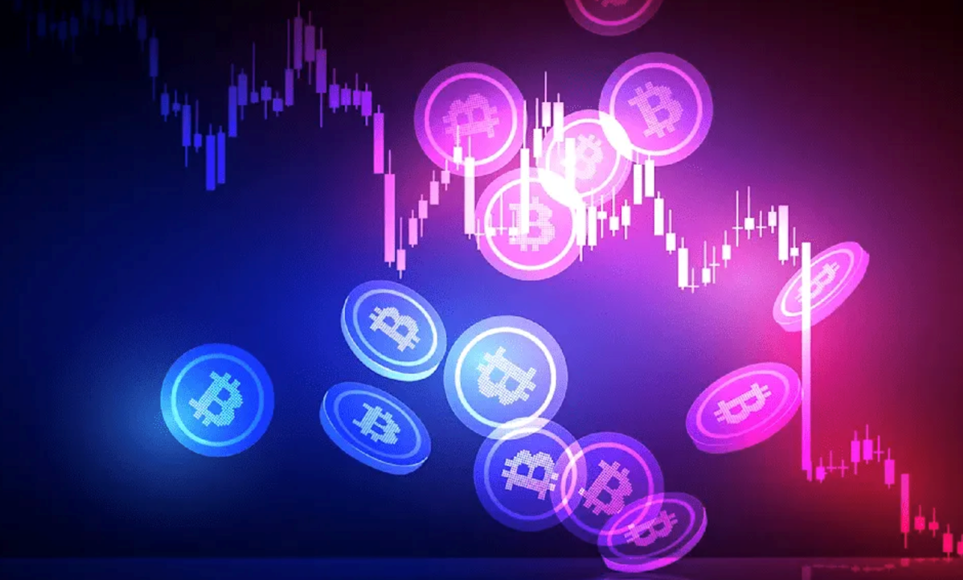

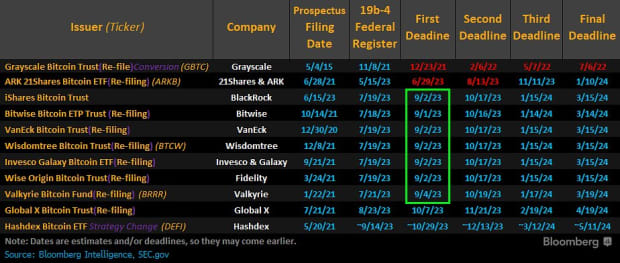
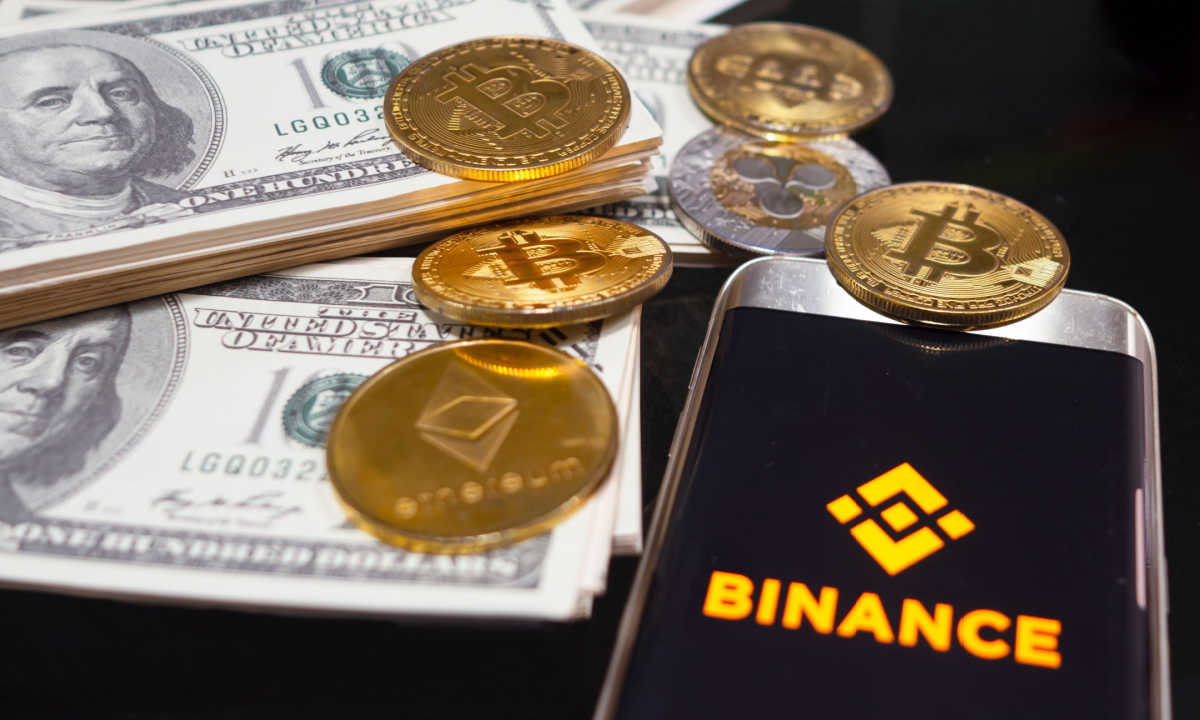



![Methods to Purchase DeFi Pulse Index on CoinStats [The Ultimate Guide 2022]](https://bitrrency.com/wp-content/uploads/2022/05/DeFi_Pulse_og-100x70.png)

